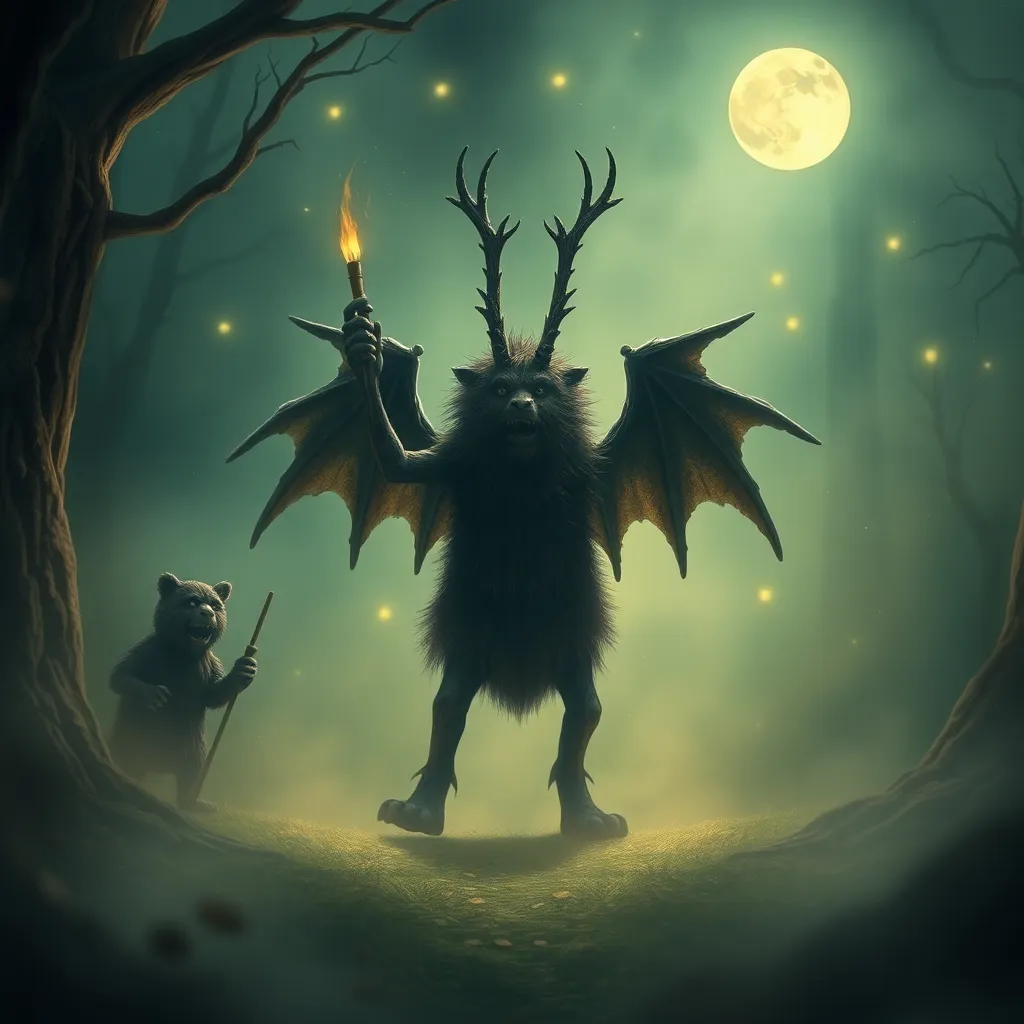The Brownie’s Role in Storytelling: Folklore & Oral Traditions
I. Introduction
In folklore, Brownies are often depicted as small, helpful creatures that inhabit homes and assist with household chores. These delightful beings are a staple in various cultural narratives, representing the importance of domestic work and community support. The storytelling surrounding Brownies plays a crucial role in preserving cultural heritage and passing down values from generation to generation.
This article aims to explore the significance of Brownies in folklore, examining their historical origins, their role in oral traditions, and their symbolism within various cultures. By understanding the impact of these tales, we can appreciate the broader importance of storytelling in cultural preservation.
II. Historical Origins of Brownies
The mythology surrounding Brownies can be traced back to various European cultures, particularly in Scotland and England. These creatures have their roots in ancient beliefs about household spirits that protect and assist families in their daily lives.
Regional variations of Brownie mythology are significant, as they reflect the unique cultural contexts from which they emerged. For instance:
- Scottish Brownies: Often depicted as helpful spirits who are rewarded with offerings of milk or food.
- English Hobgoblins: Sometimes portrayed as mischievous and troublesome, contrasting with the helpful nature of their Scottish counterparts.
Early recorded tales featuring Brownies can be found in folkloric collections, which document their actions and interactions with humans. These stories often highlight the importance of gratitude and respect towards these household helpers.
III. Brownies in Oral Traditions
Oral storytelling has been a vital aspect of community life, serving as a means of sharing knowledge and values. In many cultures, Brownies are used as narrative devices to convey morals and lessons. Through these stories, communities can teach the importance of hard work, kindness, and reciprocity.
Examples of oral traditions featuring Brownies include:
- Stories of Assistance: Tales in which Brownies come to the aid of families during times of need.
- Moral Lessons: Narratives that illustrate the consequences of neglecting or disrespecting these spirits, reinforcing the importance of gratitude.
IV. Symbolism of Brownies in Folklore
Brownies symbolize various aspects of household and community life. Their representation as household spirits highlights their protective nature and the value placed on domestic work. Additionally, they embody kindness and hard work, often being depicted as diligent helpers who perform chores while the family sleeps.
However, the dual nature of Brownies is also significant. They can be:
- Helpful: Assisting with daily tasks and bringing good fortune.
- Mischievous: Playing tricks on those who do not honor them, serving as a reminder of the balance between respect and neglect.
V. Brownies in Literature and Popular Culture
The transition from oral stories to written tales has allowed Brownies to permeate literature and popular culture. Classic fairy tales and children’s literature have incorporated Brownies, further shaping their image in the public consciousness.
Contemporary representations of Brownies in media often reflect a blend of traditional traits and modern interpretations. They can appear as whimsical characters in animated films, enchanting figures in fantasy novels, or even as mischievous entities in video games.
The impact of literature on the perception of Brownies is profound, as these narratives shape how new generations view these folklore figures. They serve as both entertainment and vehicles for moral education.
VI. The Educational Value of Brownie Stories
Brownie stories hold significant educational value, especially for children. They provide a unique way to teach cultural values through engaging narratives. By introducing children to folklore, we can:
- Instill Cultural Identity: Help children understand their heritage and the traditions that shape their communities.
- Encourage Critical Thinking: Engage children in discussions about the morals and lessons embedded in these stories.
- Foster Imagination: Inspire creativity and curiosity about the world around them.
In this way, Brownies serve as a bridge to understanding heritage, making folklore accessible and relevant to younger audiences.
VII. The Evolution of Brownie Myths in Modern Times
As storytelling methods and mediums have evolved, so too have the narratives surrounding Brownies. Modern technology has introduced new platforms for sharing these stories, from social media to interactive storytelling apps.
Globalization has also influenced Brownie narratives, leading to adaptations that incorporate elements from diverse cultures. This blending of traditions enriches the storytelling landscape but can also risk diluting the original meanings.
Preservation efforts for traditional Brownie stories are crucial in maintaining the integrity of these narratives. Folklorists and cultural organizations work tirelessly to document and share these tales, ensuring that the wisdom of past generations is not lost.
VIII. Conclusion
In summary, Brownies hold a significant place in storytelling, serving as symbols of household spirit and cultural values. Their narratives are essential for preserving folklore and providing moral lessons that resonate with audiences of all ages.
The ongoing relevance of folklore in today’s society highlights the necessity of preserving oral traditions and the stories that shape our cultural identities. By recognizing the importance of Brownies and other folklore figures, we can continue to celebrate and pass down these rich narratives for future generations.
We encourage everyone to explore the world of folklore, engage with their cultural heritage, and share these invaluable stories with others.




